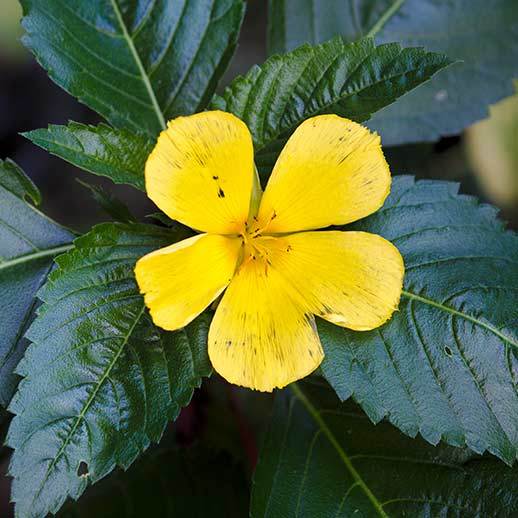1.) Szewczyk K, Zidorn C. Ethnobotany, phytochemistry, and bioactivity of the genus Turnera (Passifloraceae) with a focus on damiana--Turnera diffusa. J Ethnopharmacol 2014;152(3):424-43.
2.) Piacente, S., Camargo, E. E., Zampelli, A., Gracioso, J. S., Souza Brito, A. R., Pizza, C., and Vilegas, W. Flavonoids and arbutin from Turnera diffusa. Z Naturforsch.[C.] 2002;57(11-12):983-985
3.) Zhao J, Pawar RS, Ali Z, Khan IA. Phytochemical investigation of Turnera diffusa. J Nat Prod 2007;70:289-92.
4.) Estrada-Reyesb, K.R., Ortiz-Lópeza, P., Gutiérrez-Ortíza, J., & Martínez Mota, L. (June 2009), "Turnera diffusa Wild (Turneraceae) recovers sexual behavior in sexually exhausted males", Journal of Ethnopharmacology 123: 423-429
5.) Zhao, J., Dasmahapatra, A.K., Khan, S.I., & Khan, I.A. (December 2008), "Anti-aromatase activity of the constituents from damiana (Turnera diffusa)", Journal of Ethnopharmacology 120: 387–393
